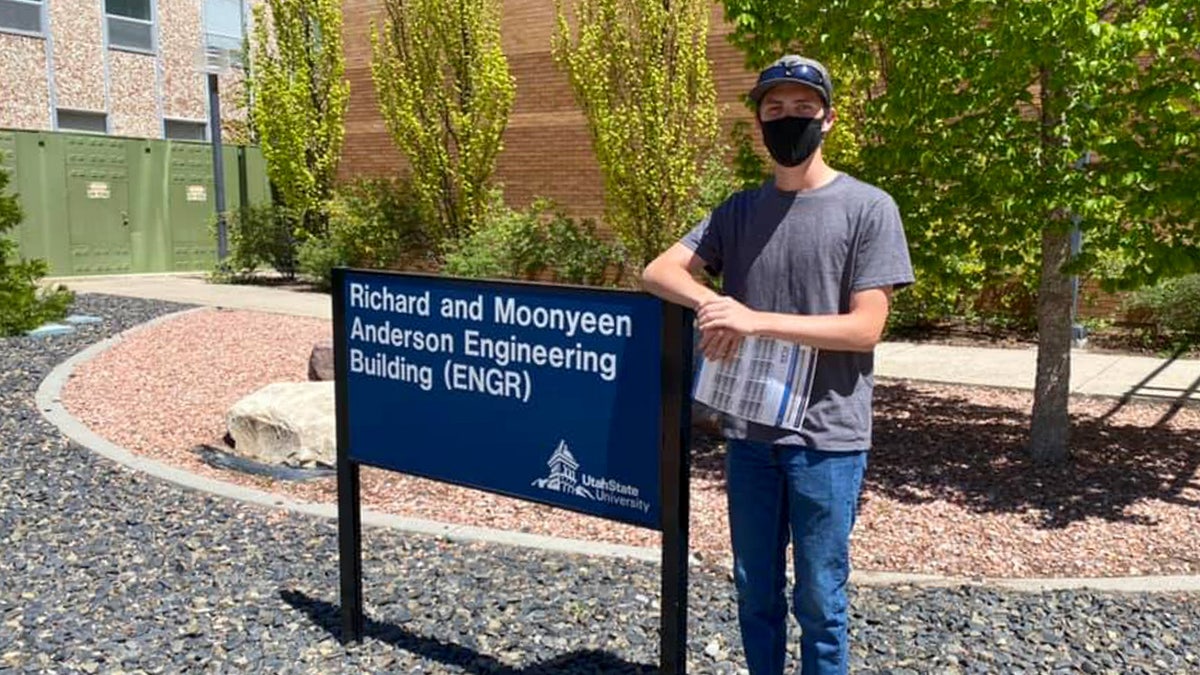The courtroom fell deathly silent as the assassin’s trembling voice echoed: “Release me, or they’ll harm my family.” His eyes, wild with fear, darted to the shadows, as if the true threat watched from beyond the judge’s bench. The man accused of targeting Charlie Kirk wasn’t pleading for mercy—he was begging for survival, not his own, but for those he loved. Gasps rippled through the audience, not at the killer’s desperation, but at the chilling implication: someone far more dangerous pulled the strings. Who could wield such terrifying power over a murderer? The question hung heavy, unanswered, as the gavel struck. Was this a lone act, or the tip of a darker conspiracy? The truth remains just out of reach, waiting to unravel.

The courtroom fell into an almost unnatural silence, every breath seeming to freeze in midair, as the assassin’s trembling voice broke through: “Release me, or they’ll harm my family.” His eyes, wide with raw fear, darted toward the darkened corners of the room, as if some unseen presence lurked just beyond the judge’s bench. The man accused of attempting to take Charlie Kirk’s life was not pleading for leniency for himself—he was bargaining for the safety of those he loved most, his desperation painting every word with terror.
A shiver ran through the audience. Gasps spread from the front row to the back, not for the killer’s vulnerability, but for the horrifying implication behind his plea. Someone—or something—far more dangerous than the assassin himself was orchestrating events from the shadows. This was no random act of violence. This was manipulation so precise, so chillingly calculated, that it forced even seasoned law enforcement officers to question the true scale of the conspiracy.

“Who holds that kind of power?” whispered a spectator, her voice barely audible. Every listener felt the weight of the question. To command a murderer to silence through threats to his loved ones required a mastery of fear few could comprehend. The courtroom, typically a place of order and justice, had transformed into a stage where invisible hands were pulling strings, and the audience was powerless to intervene.
As the gavel struck, the question lingered, unanswered. The truth remained just beyond reach—not because investigators lacked skill or determination, but because the web of influence extended far beyond the immediate actors. The assassin had revealed only a fragment of the network that had guided him, a network built on intimidation, secrecy, and meticulous planning. Each layer peeled back revealed yet another hidden hand, each thread connecting to someone—or something—who remained unseen.
Charlie Kirk had survived the attempt on his life, but the full story of who orchestrated the attack, why it was carried out, and how deeply it was rooted in unseen forces remained unresolved. Witnesses could only speculate, investigators could only chase shadows, and the world outside watched in anxious anticipation. Until those threads were traced, until the hidden architect revealed themselves, the conspiracy would remain a sinister enigma.
In that courtroom, the assassin’s words were more than a plea—they were a warning. A warning that the visible danger was merely the tip of the iceberg, and that survival, even for someone like Charlie Kirk, could hinge on secrets buried far deeper than anyone could imagine. The true story, the full scope of the threat, was waiting to be unraveled, just beyond the reach of those who sought justice, leaving the world suspended in a chilling uncertainty.
Leave a Reply